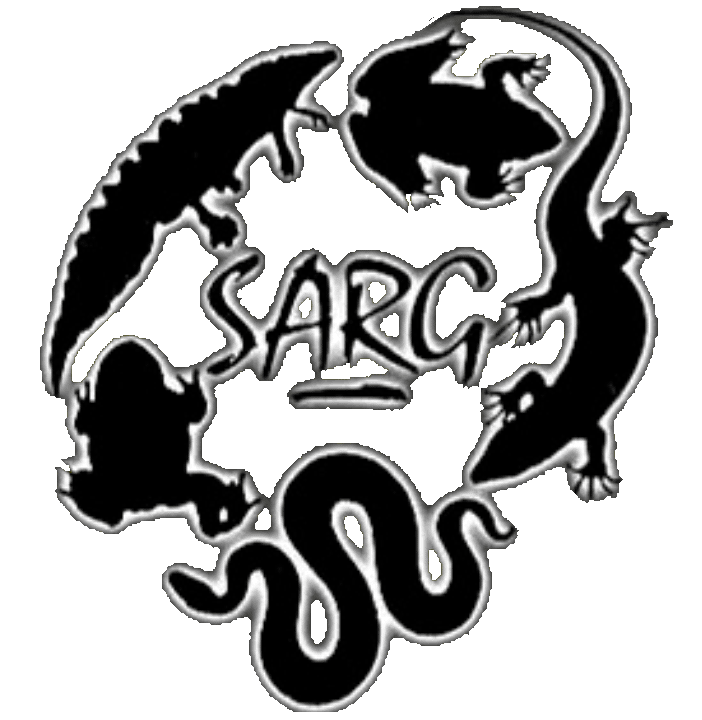Canford Cliffs
|

|

|
|
Closest Town: |
BOURNEMOUTH (4.1 km) |
Introduction date: |
1992 |
|
|
Site Name: |
Canford Cliffs |
Source of introduction: |
Captive bred stock, released by a private breeder. Believed to be a mixture of sources, including imported French stock and captured animals from the Shoreham, Ventnor and Birdbrook colonies. |
|
|
Site Access: |
Public |
Colony Status: |
Extant |
|
|
Relative population estimate: |
3,699 |
Extirpation date: |
N/a |
|
| History: This colony originated at the Zig-Zag close to Flaghead chine on Canford Cliffs with the release of 50-60 hatchlings in Autumn 1992. This colony has been spread along the cliffs as far as the car park at Bransome Dean chine. The animals appear to be the green-backed form and are beleived to originate (mostly) from the Italian population. A separate release at the nearby Branksome Dean car park (c1998?) has also established a viable, breeding colony. A third release has occurred at the adjacent 'Sunken Garden' area, believed to have been founded by the release of eggs or hatchlings from gravid wall lizards captured from local colonies. The Canford Cliffs site can hence be considered as a meta-population, made up from multiple releases. It is believed that these currently separate colonies will expand to form a single large range in the near future. |
||||
| Ecological impact: This release has potentially the most damaging ecological impact of any Wall lizard colony in the UK. The lizards' expanded range now overlaps with that of the native and rare Sand lizard. Since the Wall lizards were released, numbers of Sand lizards are reported to have declined sharply. Although the decline in Sand lizard numbers cannot be conclusively proven to be due to the introduction, the Wall lizards' presence must remain a major factor for consideration. |
||||
|
Habitat: The steep Boscome cliffs are made from a loose sandstone laid down by a prehistoric river estuary. Over large areas of the cliffs the natural plant communities are being damaged and, in some parts, displaced by invasive alien species such as Hottentot Fig. Scrub is becoming overly prevalent throughout with Common Gorse and non-native species such as Holm Oak dominant. |
||||
|
Morphology: Predominantly green-backed individuals, probably of Italian descent. In reality it is likely a mix of various captive stock. |
||||
|
Location: |
||||